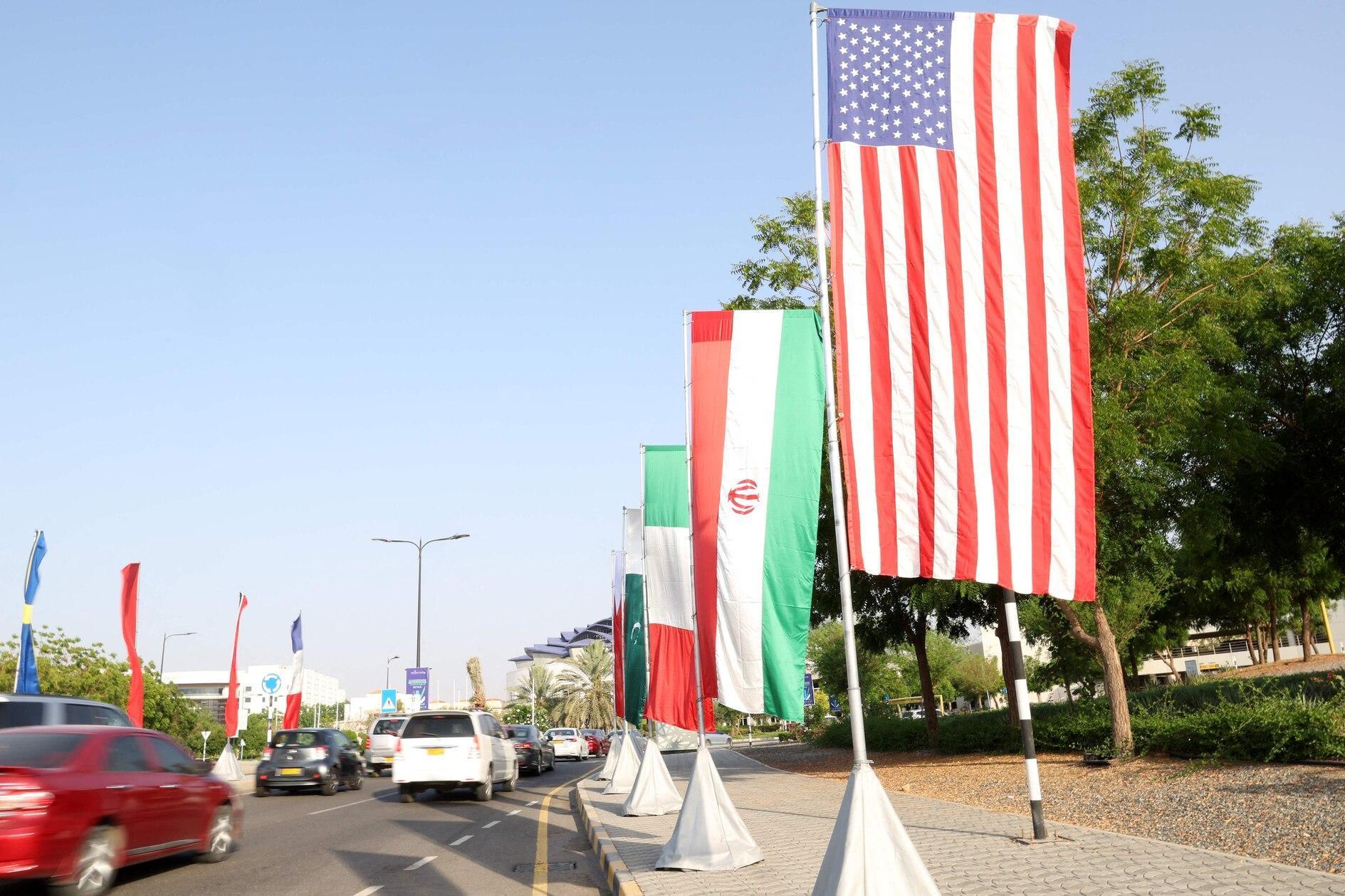Migration is burning issue in EU election campaign
BRUSSELS – Agence France-Presse

Migration is resurfacing as a hot topic in the election campaign for the new European Parliament after sowing discord across the EU throughout the outgoing legislature’s five-year term.
In order to shed light on the debate, here are figures ranging from the number of foreigners in the European Union to requests for asylum received by the 28-nation bloc.
In all, around 7.5 percent of the more than 510 million people in the EU did not hold the citizenship of the country where they lived as of January 1, 2017, according to Eurostat.
Among them were 21,6 million people, or 4.2 percent of the whole bloc, who had the nationality of a non-EU country, according to the European statistics office. Some 16.9 million were citizens of another EU country.
Germany led the way in welcoming non-nationals, with 9.2 million people, followed by the United Kingdom with 6.1 million, Italy five million and France 4.6 million.
Luxembourg accounted for the highest proportion of foreigners who made up 48 percent of its population. Poland and Romania accounted for the least, at less than 0.6 percent each.
EU countries can grant residence permits to nationals of third countries to allow them to work, study or even receive asylum.
Some 3.1 million new permits were issued in 2017, according to Eurostat. Poland gave out the highest number, some 683,000, followed by Germany with 535,000, Britain 517,000 and France, 250,000.
In 2017, Ukrainians received the highest number of third-country permits, at 662,000 — ahead of Syrians, who received 223,000, and Chinese, who got 193,000.
In 2015, the EU experienced an unprecedented surge in migration via the Mediterranean Sea, most of them fleeing war and instability, particularly in Syria.
The UN’s International Organization for Migration said there were more than one million, including more than 850,000 who entered Europe via Greece.
Some 56 percent of them came from Syria, 24 percent from Afghanistan and ten percent from Iraq.
However, arrivals steadily decreased afterward. In 2016, the numbers dropped to just over 363,000 by sea and 20,000 by land.
Total arrivals plunged again to 187,000 in 2017 and to 144,000 in 2018, when Spain became the main entry point to Europe with 65,000 crossing its borders.
For 2019 so far, the IOM recorded around 18,000 arrivals in the bloc from January until mid-April.
















